-
 Bitcoin
Bitcoin $106,754.6083
1.33% -
 Ethereum
Ethereum $2,625.8249
3.80% -
 Tether USDt
Tether USDt $1.0001
-0.03% -
 XRP
XRP $2.1891
1.67% -
 BNB
BNB $654.5220
0.66% -
 Solana
Solana $156.9428
7.28% -
 USDC
USDC $0.9998
0.00% -
 Dogecoin
Dogecoin $0.1780
1.14% -
 TRON
TRON $0.2706
-0.16% -
 Cardano
Cardano $0.6470
2.77% -
 Hyperliquid
Hyperliquid $44.6467
10.24% -
 Sui
Sui $3.1128
3.86% -
 Bitcoin Cash
Bitcoin Cash $455.7646
3.00% -
 Chainlink
Chainlink $13.6858
4.08% -
 UNUS SED LEO
UNUS SED LEO $9.2682
0.21% -
 Avalanche
Avalanche $19.7433
3.79% -
 Stellar
Stellar $0.2616
1.64% -
 Toncoin
Toncoin $3.0222
2.19% -
 Shiba Inu
Shiba Inu $0.0...01220
1.49% -
 Hedera
Hedera $0.1580
2.75% -
 Litecoin
Litecoin $87.4964
2.29% -
 Polkadot
Polkadot $3.8958
3.05% -
 Ethena USDe
Ethena USDe $1.0000
-0.04% -
 Monero
Monero $317.2263
0.26% -
 Bitget Token
Bitget Token $4.5985
1.68% -
 Dai
Dai $0.9999
0.00% -
 Pepe
Pepe $0.0...01140
2.44% -
 Uniswap
Uniswap $7.6065
5.29% -
 Pi
Pi $0.6042
-2.00% -
 Aave
Aave $289.6343
6.02%
How to calculate the increase target after the flag consolidation?
Traders use flag consolidation patterns in crypto to predict trend continuations, setting profit targets by measuring the flagpole's height and projecting it from the breakout point.
Jun 15, 2025 at 09:57 pm
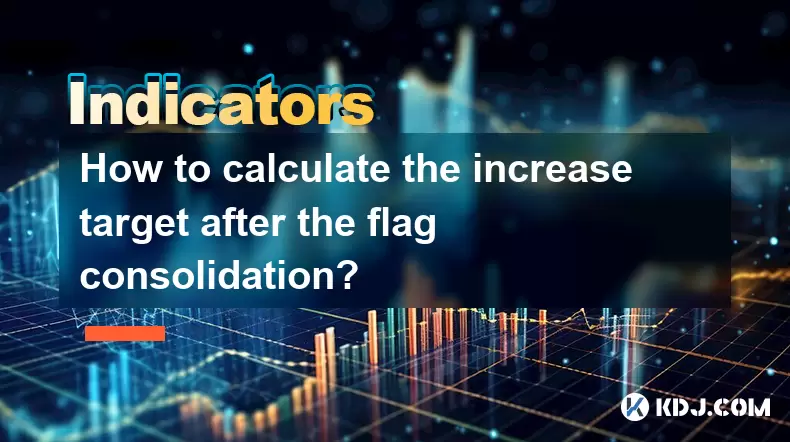
Understanding Flag Consolidation in Cryptocurrency Trading
Flag consolidation is a common technical analysis pattern observed in cryptocurrency price charts. It typically appears as a short-term pause or correction after a strong directional move, forming a "flag" shape on the chart. This consolidation phase is usually followed by a continuation of the initial trend. Traders often look for this pattern to predict potential breakout points and set profit targets accordingly.
The flag consists of two main components: the flagpole, which represents the initial sharp move in price, and the flag, which is the consolidation area formed by parallel trendlines. Accurately identifying these elements is crucial for calculating the potential increase target.
Identifying the Flagpole and Measuring Its Height
To calculate the increase target after a flag consolidation, the first step is to identify the flagpole. The flagpole begins at the point where the strong price movement starts and ends when the consolidation phase (the flag) begins.
- Measure the height of the flagpole: Take the difference between the starting point of the impulse wave and the highest (in an uptrend) or lowest (in a downtrend) point before the consolidation begins.
- Mark both the start and end of the flagpole clearly on the chart to ensure accurate measurements.
This measurement will later be used to project the potential future price movement once the flag pattern completes.
Drawing the Flag Pattern Correctly
Once the flagpole is identified, the next step involves drawing the flag portion of the pattern. This is done by connecting the highs and lows of the consolidation phase with two parallel trendlines.
- Ensure that the trendlines are parallel and that they encompass all the candlesticks within the consolidation period.
- Avoid forcing the lines to fit if the price action doesn't naturally form a flag structure.
- Look for decreasing volume during consolidation, which is a typical characteristic of valid flag patterns.
Correctly outlining the flag helps traders avoid false breakouts and ensures that the projected target is based on a legitimate continuation pattern.
Projecting the Target After Breakout
After confirming the validity of the flag pattern and measuring the flagpole's height, traders can project the increase target once the price breaks out of the flag.
- Take the height of the flagpole and add it to the breakout point in an uptrend (or subtract it from the breakout point in a downtrend).
- For example, if the flagpole measures $100 in height and the breakout occurs at $500, the projected target would be $600.
It's important to note that the target serves as a guide rather than a guarantee, and market conditions may influence whether the price reaches or surpasses this level.
Practical Example Using a Cryptocurrency Chart
Let’s consider a real-world scenario using a popular cryptocurrency like Bitcoin (BTC):
- Suppose BTC makes a strong upward move from $25,000 to $35,000 — this forms the flagpole.
- The consolidation phase then occurs between $35,000 and $33,000, forming the flag.
- Once BTC breaks above the upper boundary of the flag at $35,000, the projected target becomes $45,000 (flagpole height of $10,000 added to the breakout level).
Traders can use this information to set take-profit levels or adjust their stop-loss orders accordingly.
Adjustments and Considerations for Volatile Markets
Cryptocurrency markets are known for their volatility, which means the standard projection method may not always apply directly.
- Consider adjusting the target based on Fibonacci extensions or previous resistance levels near the projected area.
- Monitor volume during the breakout; higher-than-average volume increases the likelihood of reaching the target.
- Be cautious of extended wicks or fakeouts, which may indicate manipulation or temporary price spikes.
In highly volatile environments, traders should remain flexible and incorporate additional tools such as moving averages or RSI to confirm the strength of the breakout.
Frequently Asked Questions (FAQ)
Q1: Can flag consolidation appear in any time frame?
Yes, flag consolidation patterns can appear across multiple time frames — from 1-minute charts to weekly charts. However, the reliability and significance of the pattern tend to increase with higher time frames such as the 4-hour or daily chart.
Q2: What if the price doesn’t reach the projected target after a flag breakout?
If the price fails to reach the projected target, it could indicate weakening momentum or a shift in market sentiment. In such cases, traders should reassess the trade setup and consider exiting or adjusting positions based on new price action signals.
Q3: How long should a flag consolidation last in crypto trading?
Typically, a valid flag consolidation lasts between 1 to 5 candlesticks on average. Longer consolidations may suggest a change in trend rather than a simple continuation, reducing the effectiveness of the pattern.
Q4: Is flag consolidation more reliable in trending markets?
Yes, flag consolidation works best in clear trending environments. If the broader market lacks direction or is range-bound, the pattern may produce misleading signals. Confirming the trend with tools like moving averages or trendlines enhances the accuracy of flag-based setups.
Disclaimer:info@kdj.com
The information provided is not trading advice. kdj.com does not assume any responsibility for any investments made based on the information provided in this article. Cryptocurrencies are highly volatile and it is highly recommended that you invest with caution after thorough research!
If you believe that the content used on this website infringes your copyright, please contact us immediately (info@kdj.com) and we will delete it promptly.
- 2025-W Uncirculated American Gold Eagle and Dr. Vera Rubin Quarter Mark New Products
- 2025-06-13 06:25:13
- Ruvi AI (RVU) Leverages Blockchain and Artificial Intelligence to Disrupt Marketing, Entertainment, and Finance
- 2025-06-13 07:05:12
- H100 Group AB Raises 101 Million SEK (Approximately $10.6 Million) to Bolster Bitcoin Reserves
- 2025-06-13 06:25:13
- Galaxy Digital CEO Mike Novogratz Says Bitcoin Will Replace Gold and Go to $1,000,000
- 2025-06-13 06:45:13
- Trust Wallet Token (TWT) Price Drops 5.7% as RWA Integration Plans Ignite Excitement
- 2025-06-13 06:45:13
- Ethereum (ETH) Is in the Second Phase of a Three-Stage Market Cycle
- 2025-06-13 07:25:13
Related knowledge
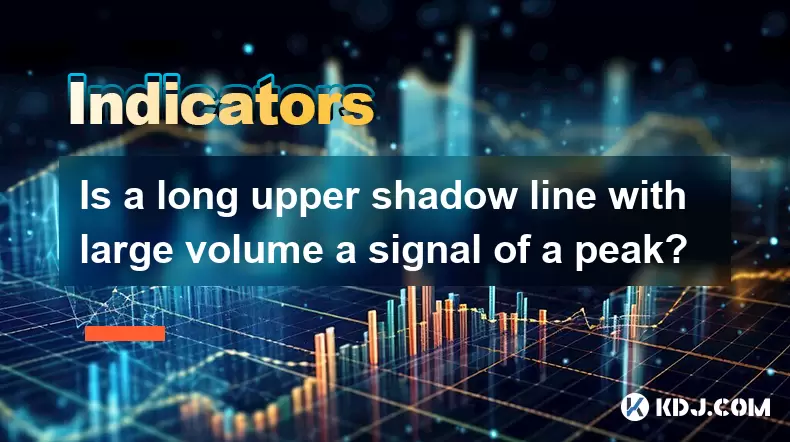
Is a long upper shadow line with large volume a signal of a peak?
Jun 17,2025 at 05:07am
Understanding the Long Upper Shadow LineA long upper shadow line, often referred to as a shooting star or inverted hammer depending on its location in a chart, is a candlestick pattern that indicates potential reversal from an uptrend. This pattern forms when prices rise significantly during the trading period but then fall back to close near the openin...

How to confirm the effectiveness of the average price line support in the time-sharing chart?
Jun 17,2025 at 12:56am
Understanding the Time-Sharing Chart and Its RelevanceIn cryptocurrency trading, time-sharing charts play a crucial role in analyzing short-term price movements. These charts typically display price fluctuations over a specific period, often ranging from minutes to hours. Traders rely on them to make quick decisions based on real-time data. The average ...

What does it mean when the momentum indicator breaks above the zero axis?
Jun 17,2025 at 12:43am
Understanding the Momentum IndicatorThe momentum indicator is a technical analysis tool used to measure the speed or velocity of price movements in cryptocurrency markets. It helps traders identify potential trend reversals, overbought or oversold conditions, and confirms existing trends. The indicator typically oscillates around a zero line, with value...
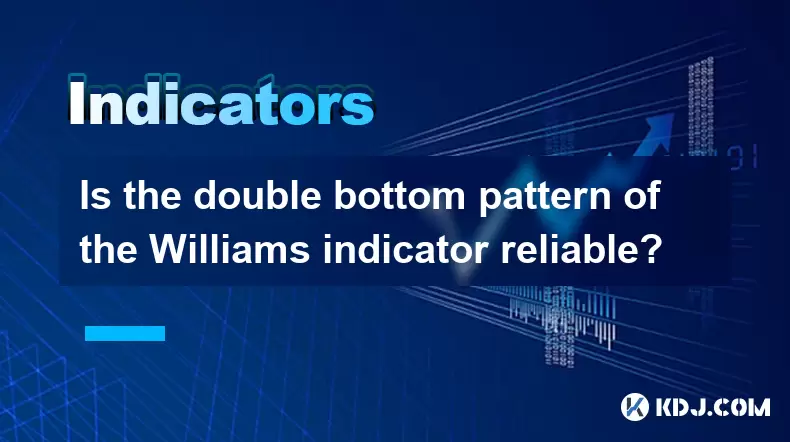
Is the double bottom pattern of the Williams indicator reliable?
Jun 17,2025 at 03:56am
Understanding the Williams Indicator and Its SignificanceThe Williams %R indicator, often referred to as Williams Percent Range, is a momentum oscillator used in technical analysis to identify overbought or oversold conditions in the market. Developed by Larry Williams, this indicator fluctuates between 0 and -100, with readings above -20 indicating ove...
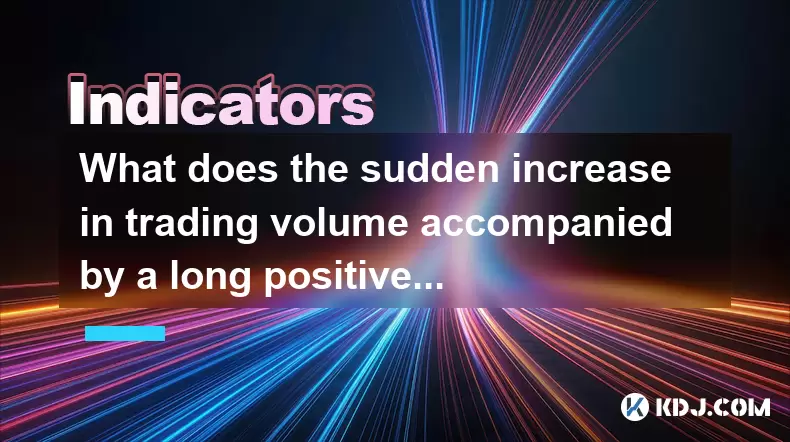
What does the sudden increase in trading volume accompanied by a long positive line mean?
Jun 17,2025 at 06:01am
Understanding the Sudden Surge in Trading VolumeWhen traders observe a sudden increase in trading volume, it typically signals a significant shift in market sentiment. This surge often indicates that more participants are entering or exiting positions, which could be due to news events, macroeconomic data releases, or institutional activity. High tradin...
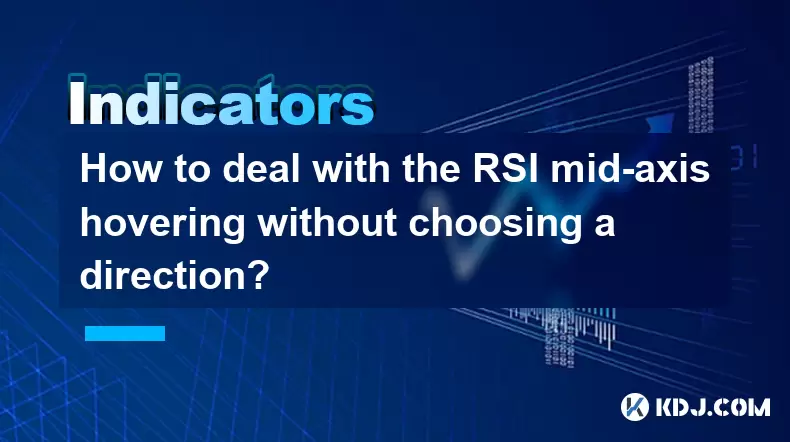
How to deal with the RSI mid-axis hovering without choosing a direction?
Jun 17,2025 at 02:02am
Understanding RSI Mid-Axis Hovering in Cryptocurrency TradingThe Relative Strength Index (RSI) is a popular momentum oscillator used by traders to assess whether an asset is overbought or oversold. In cryptocurrency markets, it's common for the RSI to hover around its mid-axis, typically at the 50 level, without showing a clear upward or downward trend....

Is a long upper shadow line with large volume a signal of a peak?
Jun 17,2025 at 05:07am
Understanding the Long Upper Shadow LineA long upper shadow line, often referred to as a shooting star or inverted hammer depending on its location in a chart, is a candlestick pattern that indicates potential reversal from an uptrend. This pattern forms when prices rise significantly during the trading period but then fall back to close near the openin...

How to confirm the effectiveness of the average price line support in the time-sharing chart?
Jun 17,2025 at 12:56am
Understanding the Time-Sharing Chart and Its RelevanceIn cryptocurrency trading, time-sharing charts play a crucial role in analyzing short-term price movements. These charts typically display price fluctuations over a specific period, often ranging from minutes to hours. Traders rely on them to make quick decisions based on real-time data. The average ...

What does it mean when the momentum indicator breaks above the zero axis?
Jun 17,2025 at 12:43am
Understanding the Momentum IndicatorThe momentum indicator is a technical analysis tool used to measure the speed or velocity of price movements in cryptocurrency markets. It helps traders identify potential trend reversals, overbought or oversold conditions, and confirms existing trends. The indicator typically oscillates around a zero line, with value...

Is the double bottom pattern of the Williams indicator reliable?
Jun 17,2025 at 03:56am
Understanding the Williams Indicator and Its SignificanceThe Williams %R indicator, often referred to as Williams Percent Range, is a momentum oscillator used in technical analysis to identify overbought or oversold conditions in the market. Developed by Larry Williams, this indicator fluctuates between 0 and -100, with readings above -20 indicating ove...

What does the sudden increase in trading volume accompanied by a long positive line mean?
Jun 17,2025 at 06:01am
Understanding the Sudden Surge in Trading VolumeWhen traders observe a sudden increase in trading volume, it typically signals a significant shift in market sentiment. This surge often indicates that more participants are entering or exiting positions, which could be due to news events, macroeconomic data releases, or institutional activity. High tradin...

How to deal with the RSI mid-axis hovering without choosing a direction?
Jun 17,2025 at 02:02am
Understanding RSI Mid-Axis Hovering in Cryptocurrency TradingThe Relative Strength Index (RSI) is a popular momentum oscillator used by traders to assess whether an asset is overbought or oversold. In cryptocurrency markets, it's common for the RSI to hover around its mid-axis, typically at the 50 level, without showing a clear upward or downward trend....
See all articles

























































































